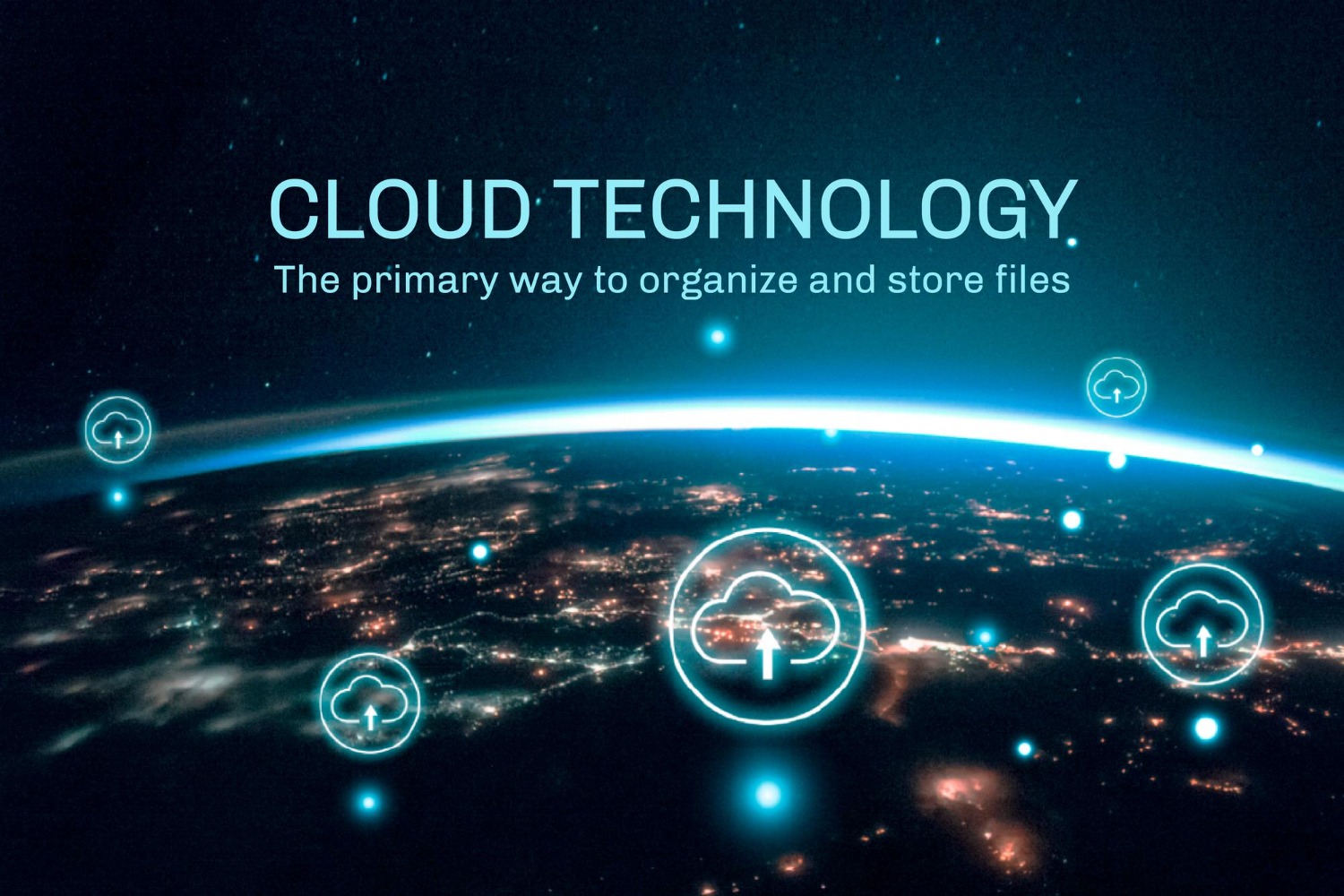What Are the Different Cloud Computing Services?
Cloud computing has revolutionized how both businesses and individuals utilize technology. Instead of relying on physical hardware and in-house servers, cloud computing allows users to access computing resources over the internet. This has led to increased efficiency, cost savings, and scalability for businesses of all sizes.
But cloud computing isn’t a one-size-fits-all solution. There are different types of cloud services, each designed to meet specific needs. In this article, we will explore the different cloud computing services, their benefits, and how they can help businesses operate more efficiently.
What is Cloud Computing?
Before diving into the different cloud services, let’s define cloud computing. Simply put, cloud computing is the delivery of computing resources—such as servers, storage, databases, networking, software, and analytics—over the internet. These services are hosted by cloud providers and accessed remotely, eliminating the need for businesses to maintain expensive on-premises infrastructure.
Cloud computing is categorized into different services, each offering varying levels of control, flexibility, and management. The three main categories of cloud services include:
- Infrastructure as a Service (IaaS)
- Platform as a Service (PaaS)
- Software as a Service (SaaS)
Let’s explore each of these in detail.
1. Infrastructure as a Service (IaaS)
What is IaaS?
Infrastructure as a Service (IaaS) provides businesses with virtualized computing resources over the Internet. These components consist of servers, storage, networking, and operating systems. Instead of purchasing and maintaining physical hardware, businesses can rent these resources on a pay-as-you-go basis.
Benefits of IaaS
- Cost Savings: No need for expensive hardware investments.
- Scalability: Adjust resources effortlessly to match changing demands.
- Flexibility: Choose from different operating systems and configurations.
- Security: Cloud providers ensure high levels of security and compliance.
Examples of IaaS Providers
- Amazon Web Services (AWS) Elastic Compute Cloud (EC2)
- Microsoft Azure Virtual Machines
- Google Compute Engine (GCE)
- IBM Cloud Infrastructure
2. Platform as a Service (PaaS)
What is PaaS?
Platform as a Service (PaaS) provides a framework for developers to build, test, and deploy applications without worrying about the underlying infrastructure. It includes operating systems, development tools, databases, and runtime environments.
Benefits of PaaS
- Faster Development: Pre-built tools and environments speed up development.
- Reduced Complexity: No need to manage servers and operating systems.
- Collaboration: Teams can work together on projects from anywhere.
- Integration: Easily integrate with databases, APIs, and other services.
Examples of PaaS Providers
- Google App Engine
- Microsoft Azure App Services
- AWS Elastic Beanstalk
- IBM Cloud Foundry
3. Software as a Service (SaaS)
What is SaaS?
Software as a Service (SaaS) provides fully developed software solutions accessible through the Internet.
Users can access these applications via a web browser without installing software on their local devices.
Benefits of SaaS
- Accessibility: Access applications from any device with an internet connection.
- Automatic Updates: Providers manage updates and maintenance.
- Cost-Effective: No need for software licenses or installations.
- Scalability: Easily add users or upgrade plans as needed.
Examples of SaaS Providers
- Google Workspace (Gmail, Google Drive, Docs)
- Microsoft Office 365
- Dropbox
- Salesforce
Other Cloud Computing Services
While IaaS, PaaS, and SaaS are the most common cloud services, there are additional models designed for specific use cases.
1. Function as a Service (FaaS) / Serverless Computing
FaaS, also known as serverless computing, allows developers to run code without managing servers. The cloud provider handles all the infrastructure, scaling, and maintenance.
Examples of FaaS Providers:
- AWS Lambda
- Google Cloud Functions
- Microsoft Azure Functions
2. Database as a Service (DBaaS)
DBaaS provides managed database services, eliminating the need for database administration.
Examples of DBaaS Providers:
- Amazon RDS
- Google Cloud Firestore
- Microsoft Azure SQL Database
3. Backup as a Service (BaaS) and Disaster Recovery as a Service (DRaaS)
BaaS and DRaaS provide cloud-based backup and disaster recovery solutions to protect data from loss and cyber threats.
Examples of BaaS/DRaaS Providers:
- Veeam
- Acronis Cloud Backup
- IBM Cloud Backup

Choosing the Right Cloud Service for Your Business
The right cloud service depends on the specific needs of your business. Here are some key factors to consider:
- Budget: Determine how much you’re willing to invest in cloud services.
- Scalability: Choose a service that can grow with your business.
- Security: Ensure the provider follows strict security protocols.
- Integration: Check if the service integrates with your existing software.
- Compliance: Ensure compliance with industry regulations (e.g., GDPR, HIPAA).
Conclusion
Cloud computing has revolutionized the way businesses operate by offering flexible, cost-effective, and scalable solutions. Whether you’re a startup looking for affordable IT resources or an enterprise seeking to optimize operations, there’s a cloud service that fits your needs.
From Infrastructure as a Service (IaaS) to Software as a Service (SaaS), each cloud computing model offers unique advantages. Understanding these services can help businesses make informed decisions and stay competitive in an increasingly digital world.
As cloud technology continues to evolve, businesses that embrace cloud computing will enjoy greater efficiency, security, and innovation. If you’re considering cloud services, now is the perfect time to explore your options and leverage the power of the cloud!




